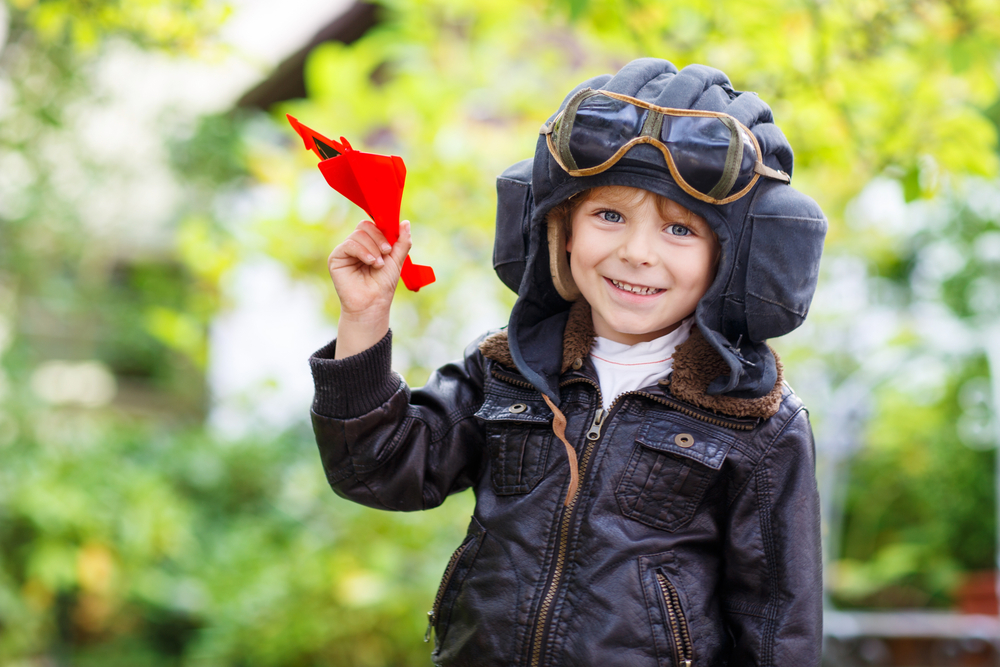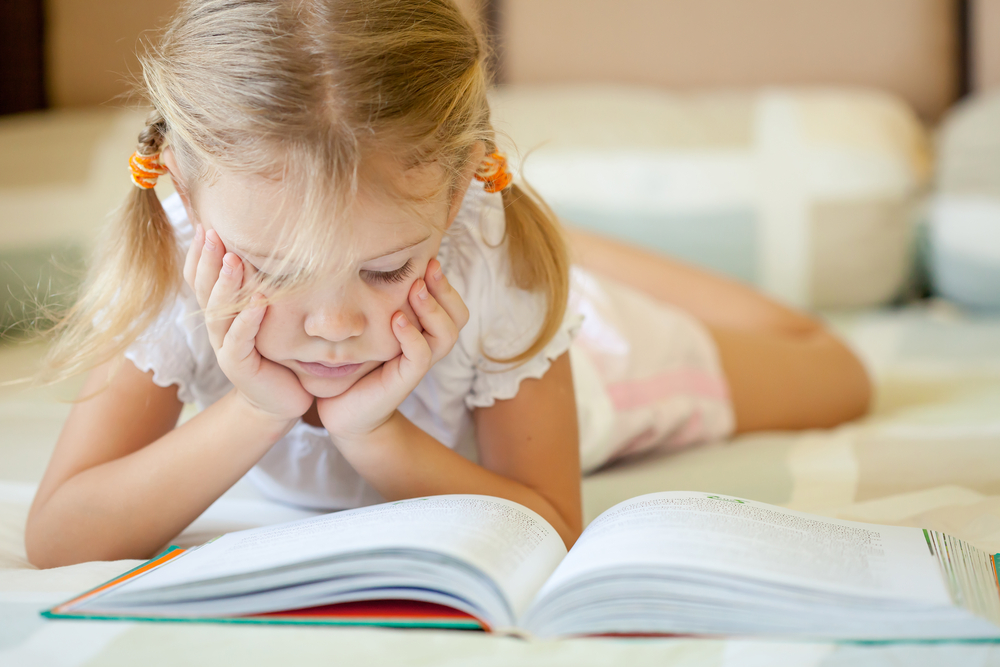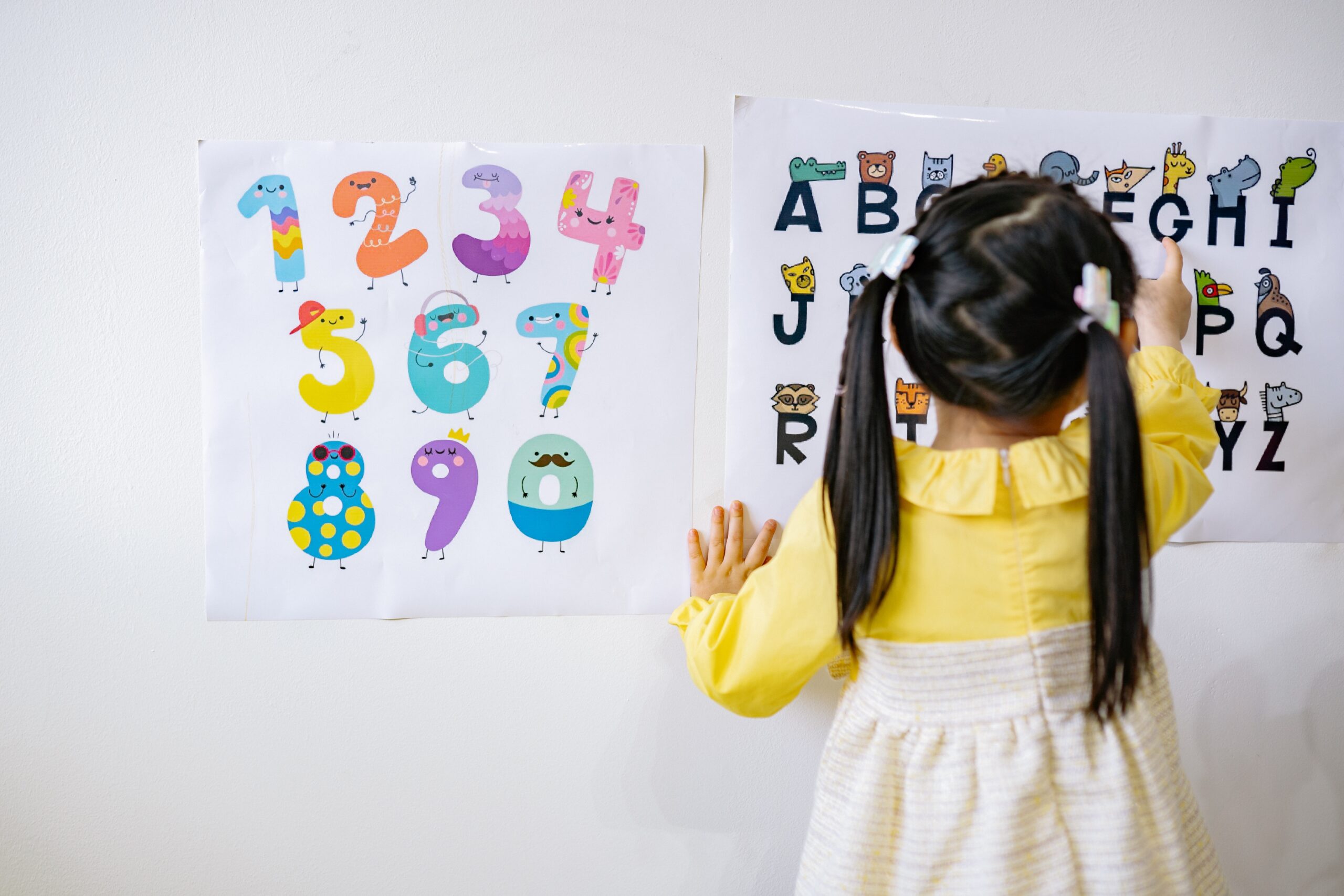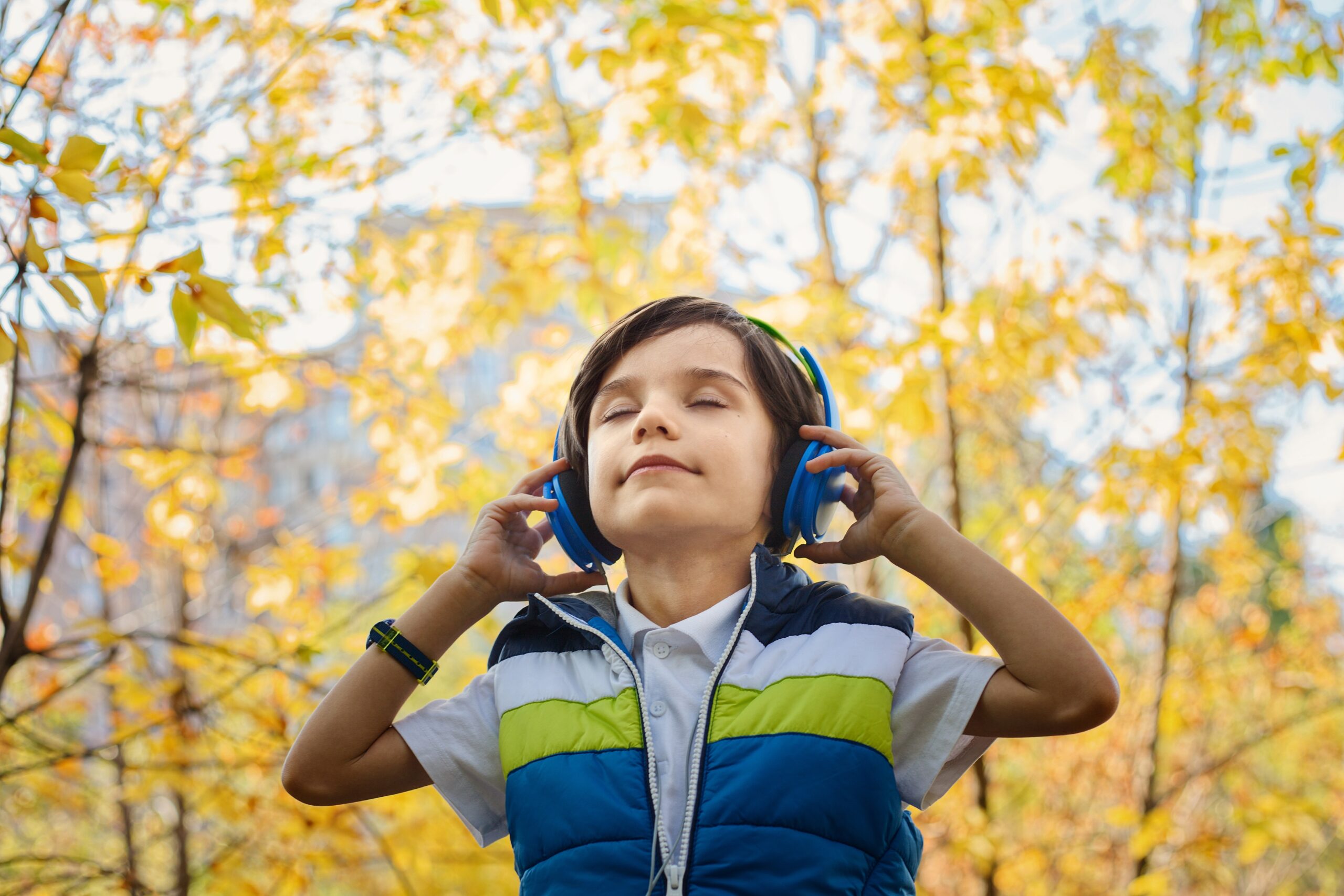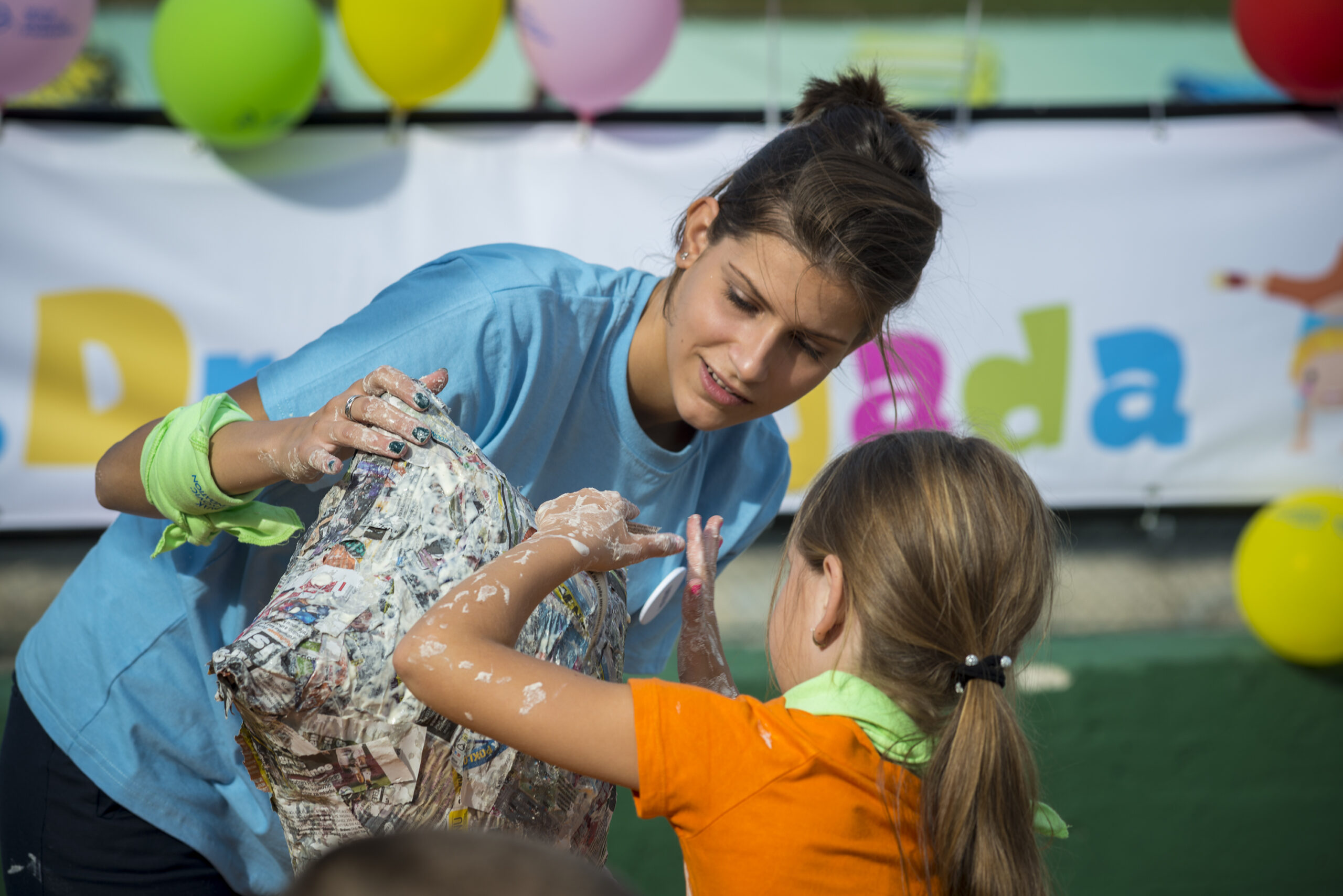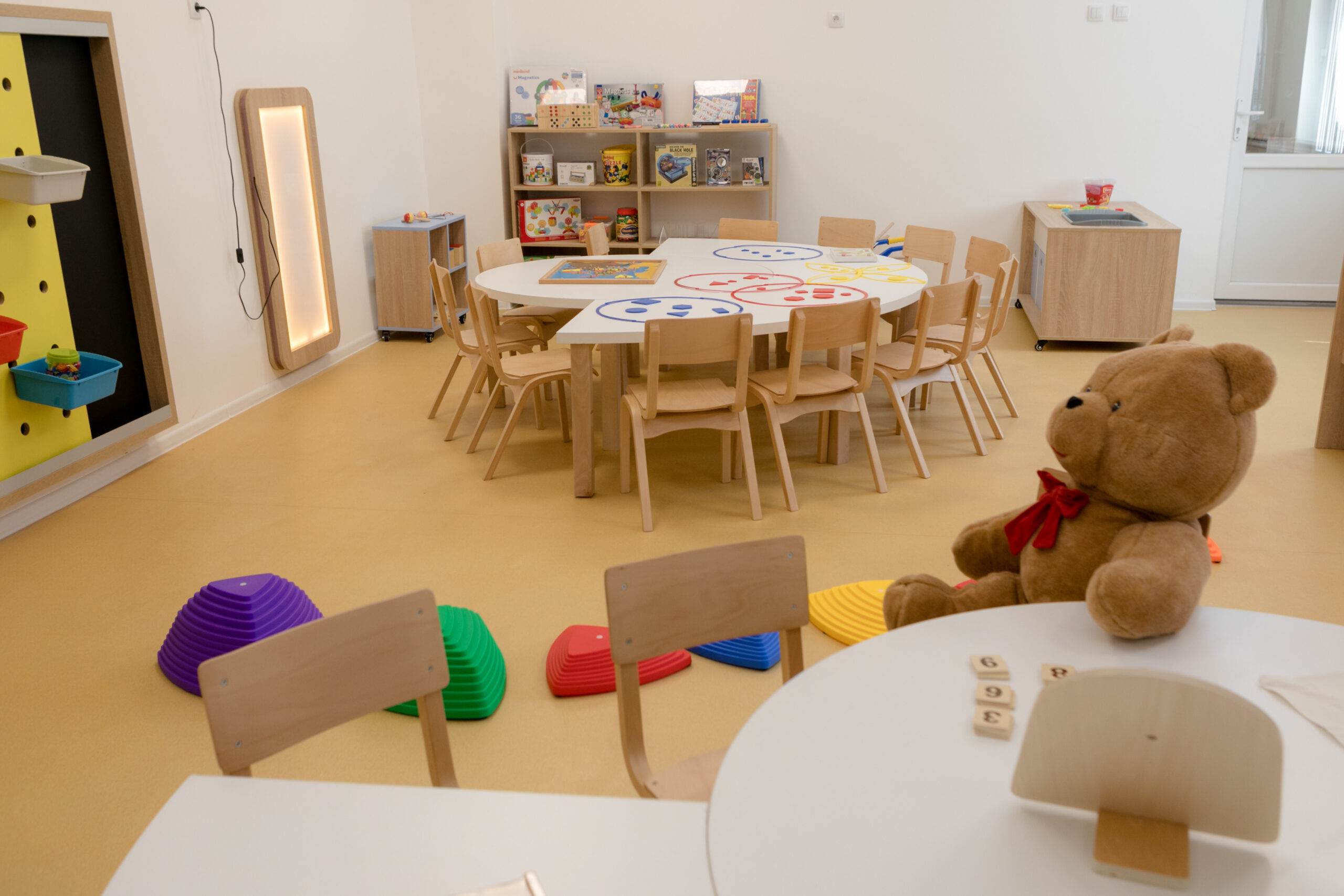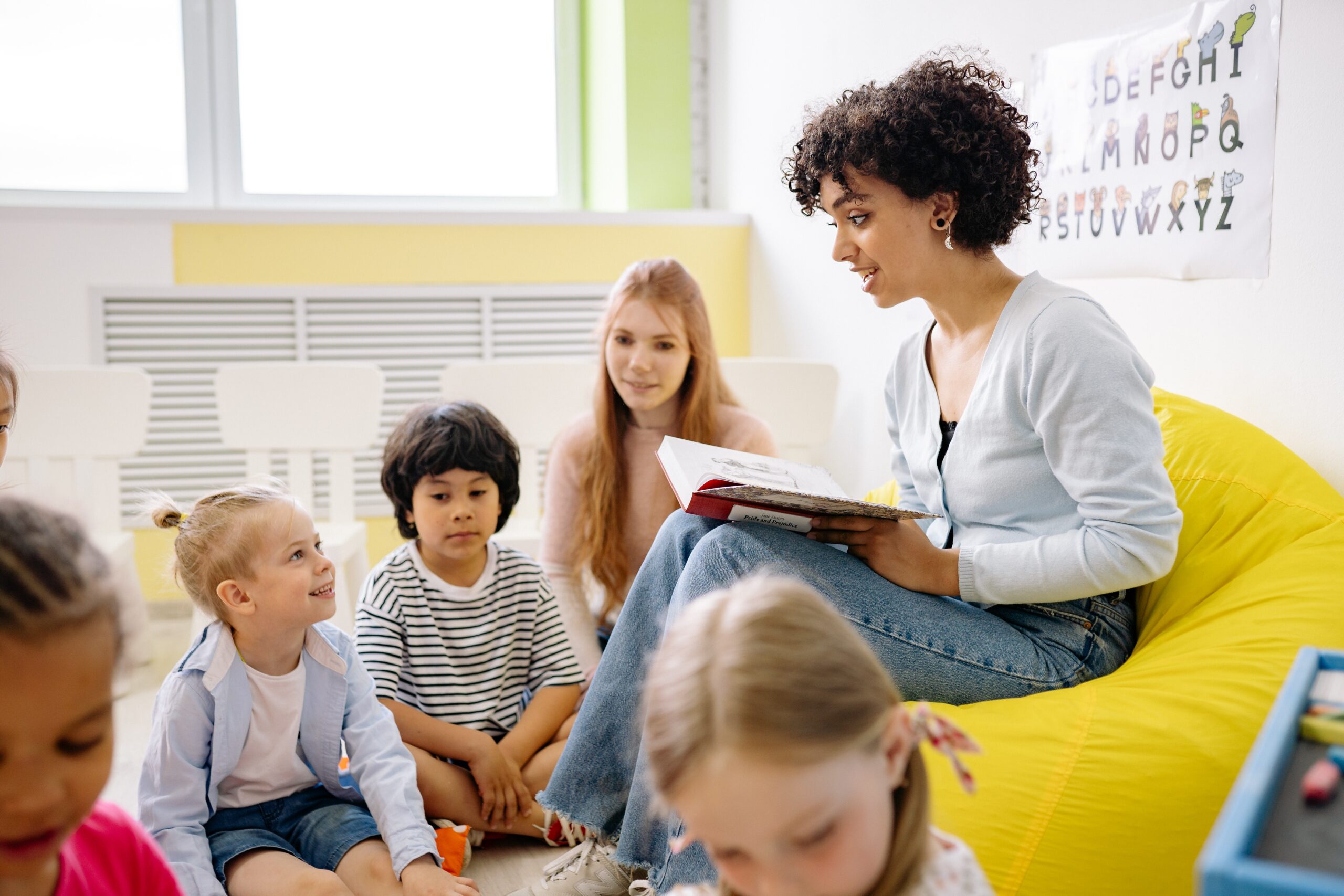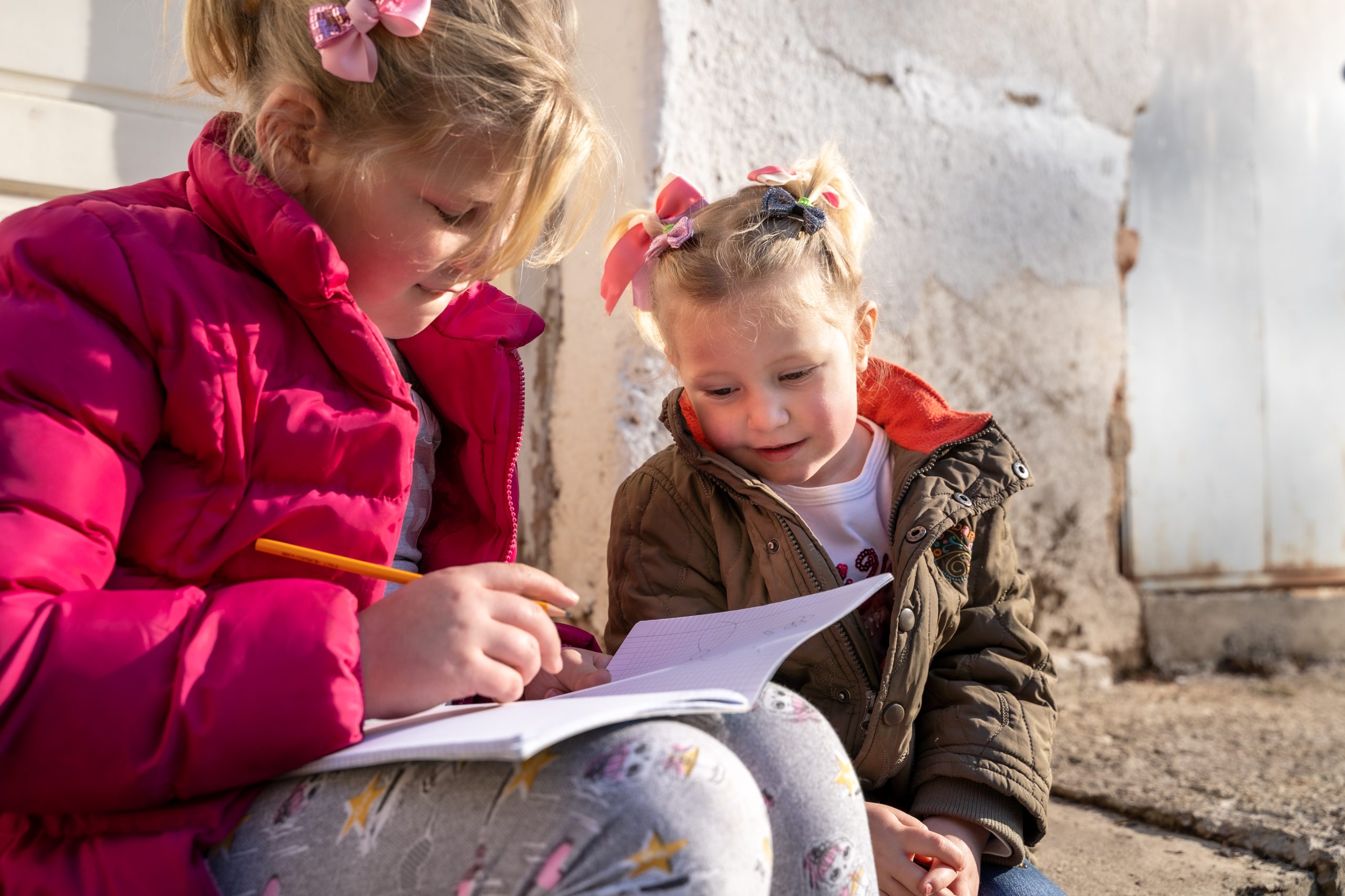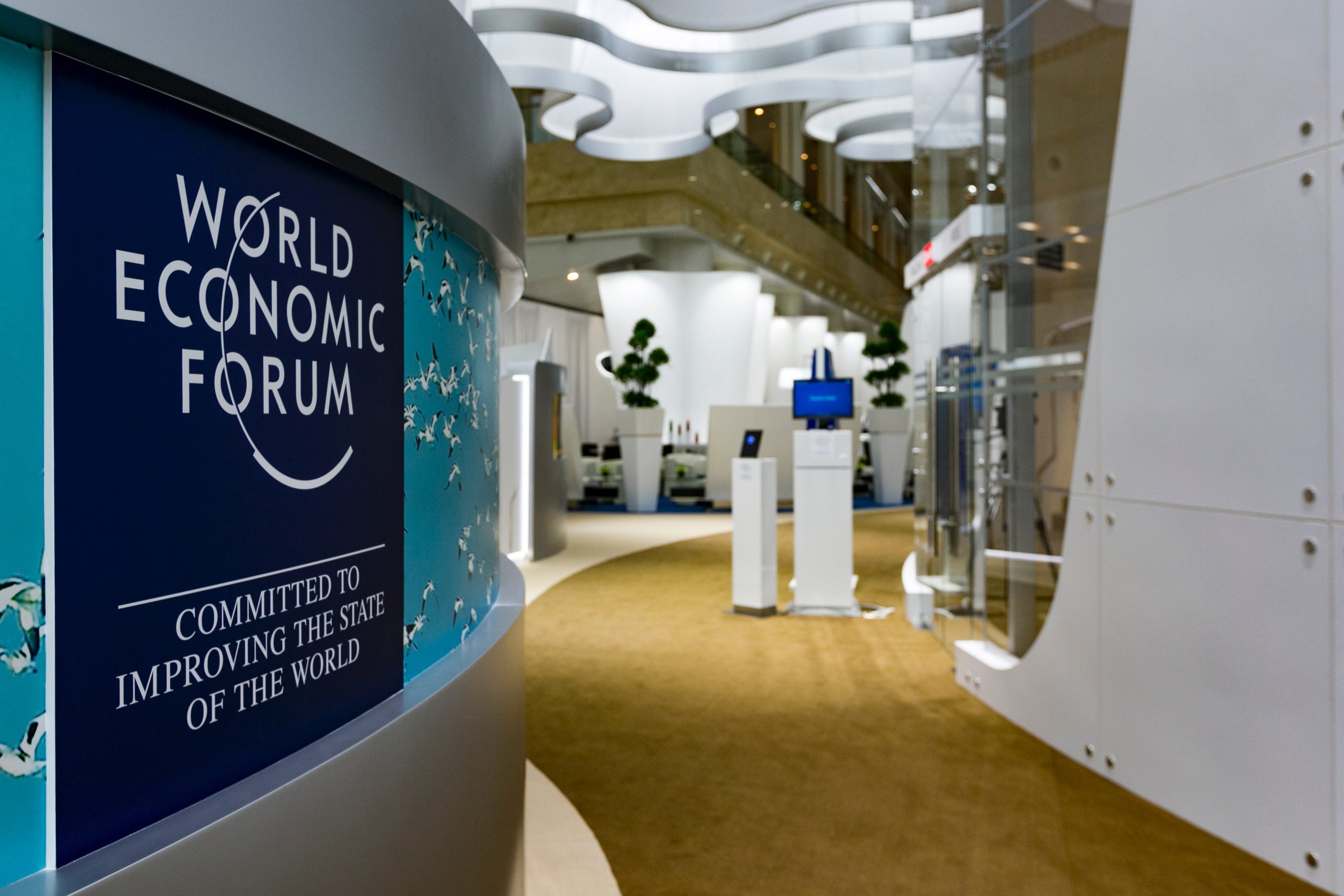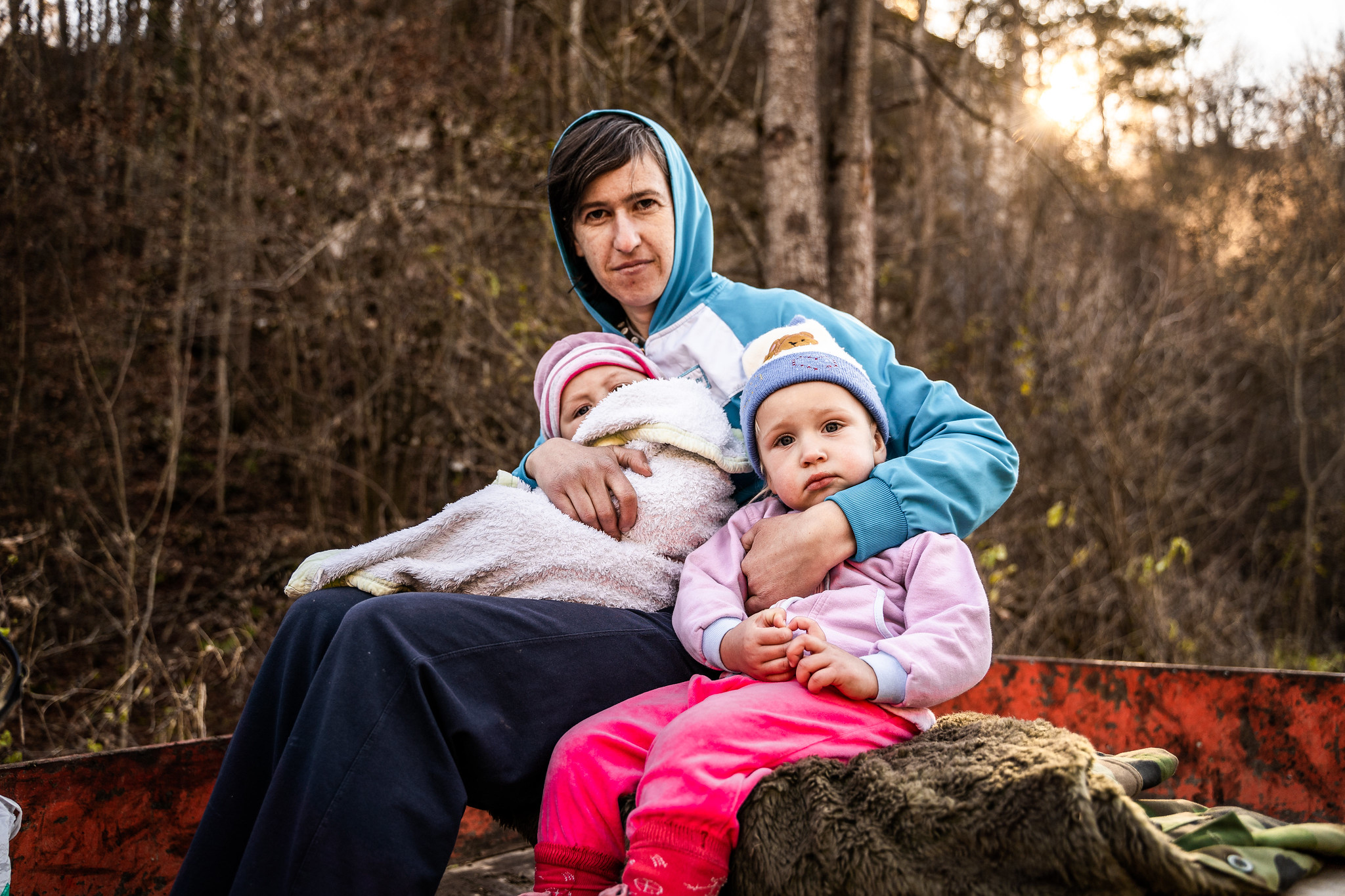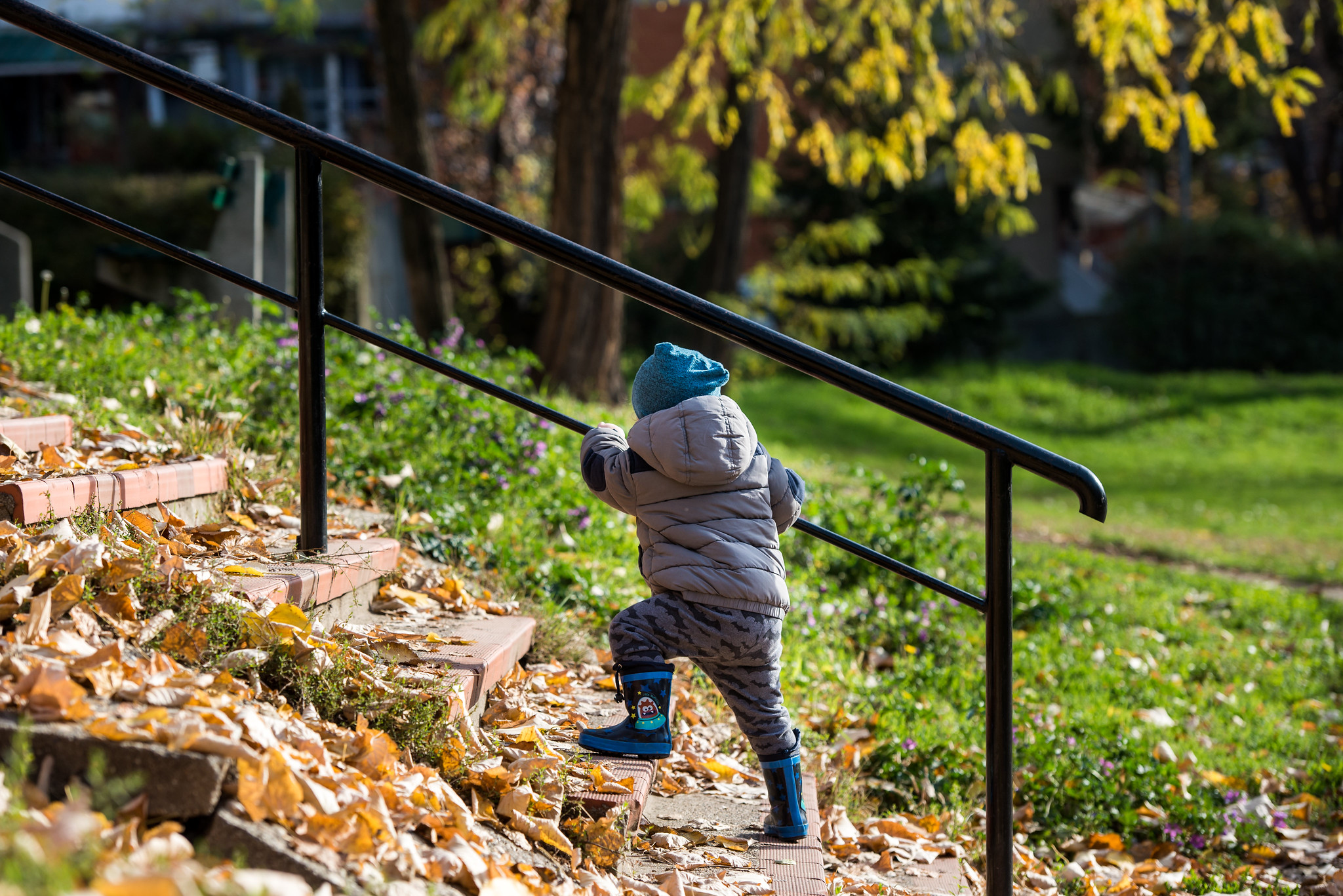Universe – the infinite space that surrounds us. When I was a five-year-old girl, I would look at the sky every night with immense curiosity. I admired this space which gave rise to many questions: where does the Sun go after the sunset, how large is the sky when it can hide all the celestial objects so well, how is a star born and why are some of them falling, how are constellations created”¦ Twenty years later, the same girl poses questions, searching for the unexplored, imagining and inventing.
I see the limitless possibilities of space in children. To understand the creation and functioning of the universe, NASA says we should start investigating from the Big Bang. I probably could not tell a lot about the events that followed the Big Bang. However, what I strongly believe is that thousands of such bangs take place in a child’s universe.
What is the secret of a child’s universe?
Many sociological, psychological and ethnographic studies have questioned the understanding of a child as an egocentric and cognitively immature being. The studies in question supported the understanding of a child as a powerful and competent being. The child creates and questions the old. It lays down new rules, questioning all that surrounds and fascinates them. Children explore themselves and the world around them through their play.
The child sees every situation as an opportunity to learn, expand and change.
Brain studies have confirmed that learning engages the entire body. In this connection, learning is a mental and physical process. A particularly important quality of learning in children is that this is a social process – a joint formation of knowledge and meaning. On a recommendation of my dear co-worker Dragana, I read an interesting article published by The Guardian titled How children learn – and why robots can’t compete?. The article raises a series of important questions. A particularly interesting story is the one about a father, an expert for artificial intelligence and robotics at the Massachusetts Institute of Technology, who tried to “raise” a robot following the way his child learns. You are probably wondering about the findings of this venture. Raising a child, directed this father to think about the learning methods in people rather than creating a robot who can compete with a human.
Why can’t robots compete with the way children learn?
Learning is a complex, interactive, social and joint process. When learning, children build new meanings and share their feelings. Precisely because learning is a social process, engaging the mind and the body, the “future of intelligence is not in machines, but in the development of our own minds”. Even more importantly, in building relationships. This story inspired me, so I started to explore artificial intelligence. It turned out that many studies related to this issue focused on developmental psychology and developing programs based on children learning principles.
If you ask me what the secret of a child’s universe is and how they approach the exploration of the world around them, I would say that the answer is in the child’s openness, inquisitiveness, curiosity and wish to share what they do with others. Every bang in their universe leads to a new question and exploration.
How shall we know when the bang occurs? Like a newly-born star, you will spot how the child’s face lightens up.
Such radiation is followed by the wish to ask, know and do more. In order to explore the universe, children, like astronauts on their mission, often defy the laws of physics.

How adults use technologies will greatly influence the manner in which the child uses them. Copyright: Syda Productions
How did exploring the universe become digital?
Children found another way to express themselves and explore the world around them. Watching a boy who encountered a VR headset for the first time during last year’s Friendship Games, you could see, in addition to cries of joy and excitement, an important and magical change. A desire to know more appeared, to ask new questions, share this experience with other children and volunteers and to take part in encountering the new and the unexplored. Big and unexplored areas, such as the cosmos or digital space, cause apprehension and give rise to the question – what lurks in the dark and remote places of these expenses.
Every technological discovery leads to a change. Will the augur of that change be positive or negative depends on the attitudes we develop regarding the use of technologies.
These attitudes cannot be reduced to mere technical skills, because the children are very skilled at that. It relates to something much more important – developing a culture of using technologies. Developing a culture of using technologies represents a life-long process during which we develop our attitude based on the interaction with other unique and close universes (parents, siblings, and others from your environment). How adults use technologies will greatly influence the manner in which the child uses them.
Direct contact (look, kiss, hug, touch) between a child and adult cannot be substituted by anything. The value of such contact is immeasurable. However, we cannot doubt the power of our children to face the digital. It is necessary to explore the unexplored with them. So, put on your astronaut suits on time, listen to your children and ask and answer questions.
The little girl, which now lives in the body of a 25-year-old woman, is thankful to everyone, and especially her parents, who explored the universe with her, imagined and created and still continue to do so. Now, every sunset results in new questions, which are poured from the sky like dyes into a new exploration, which is often recorded with the camera on her phone.
****
Jelena Stojkovic is a Djokovic Scholar, class 2018/22. The program Djokovic Scholars at the University of Belgrade was launched in 2018 and thanks to this scholarship, Jelena now attends a Ph.D. program at the Faculty of Philosophy, Department of Pedagogy and Andragogy. Her research interests encompass early childhood education and development in the modern world, child rights issues and their participation in society, as well as the role of digital technologies in ECD.

